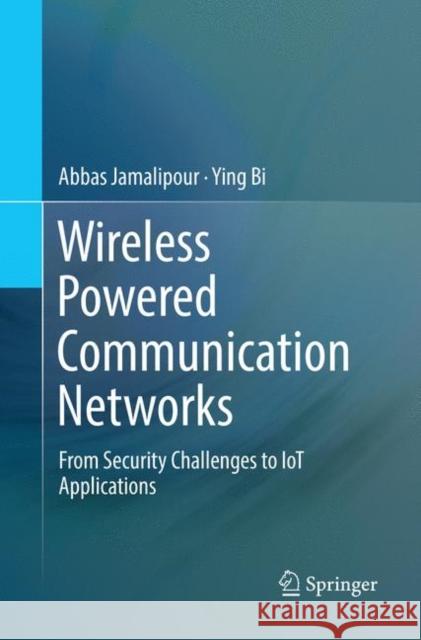Wireless Powered Communication Networks: From Security Challenges to Iot Applications » książka
topmenu
Wireless Powered Communication Networks: From Security Challenges to Iot Applications
ISBN-13: 9783030074630 / Angielski / Miękka / 2018 / 111 str.
Kategorie:
Kategorie BISAC:
Wydawca:
Springer
Język:
Angielski
ISBN-13:
9783030074630
Rok wydania:
2018
Dostępne języki:
Ilość stron:
111
Waga:
0.18 kg
Wymiary:
23.39 x 15.6 x 0.66
Oprawa:
Miękka
Dodatkowe informacje:
Wydanie ilustrowane











